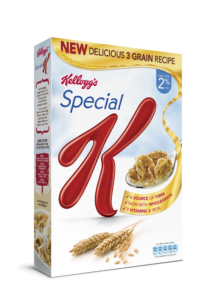 The number of doctor visits due to regularity and digestive issues by Americans has grown considerably in the last 20 years, contributing to an increase in health care costs.
The number of doctor visits due to regularity and digestive issues by Americans has grown considerably in the last 20 years, contributing to an increase in health care costs.
Part of the solution may be as simple as getting more fiber in our daily diets.
A new health economic study shows a potential health care savings of $12.7 billion per year if U.S. adults would increase their dietary fiber to about 25 grams, the minimum level recommended by health experts for adults. Currently, less than one in ten Americans meet their daily fiber needs.
“With the rising cost of health care, this research highlights the importance of simple, realistic changes that we can make to our diet, such as eating more fiber, which could contribute to significant health care savings,” said Dominik Alexander, Ph.D., MSPH, a principal epidemiologist, who managed the research team conducting the study.
The study, carried out by an independent team of researchers in nutritional sciences, epidemiology, and health economics from Exponent, Inc. Health Sciences and commissioned by Kellogg Company, evaluated the direct medical costs associated with regularity problems among adults in the U.S. The research team developed a model to determine the potential money that could be saved through preventive, lifestyle-related measures, in this case, increasing dietary fiber intake.
Also according to the study, if only half of the U.S. population increased their dietary fiber intake by just three grams a day there could still be more than $2 billion in health care cost savings.
“This goal could be easily achieved with just one or two simple dietary changes,” said Lisa Sanders, Director, Global Nutrition and Scientific Affairs at Kellogg Company. “Selecting a higher fiber cereal for breakfast and having a piece of fruit or higher fiber snack bar later in the day could supply three grams of fiber, or even more.”
Kellogg has a wide variety of great tasting, fiber-ful foods to make it easier for adults and children to get the fiber they need. More than 70 percent of Kellogg ready-to-eat cereals in the U.S. provide a good source of fiber (3 grams or more).

You must be logged in to post a comment Login